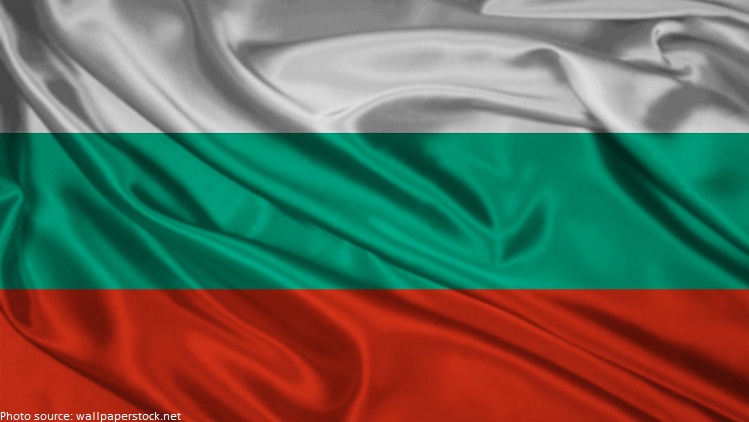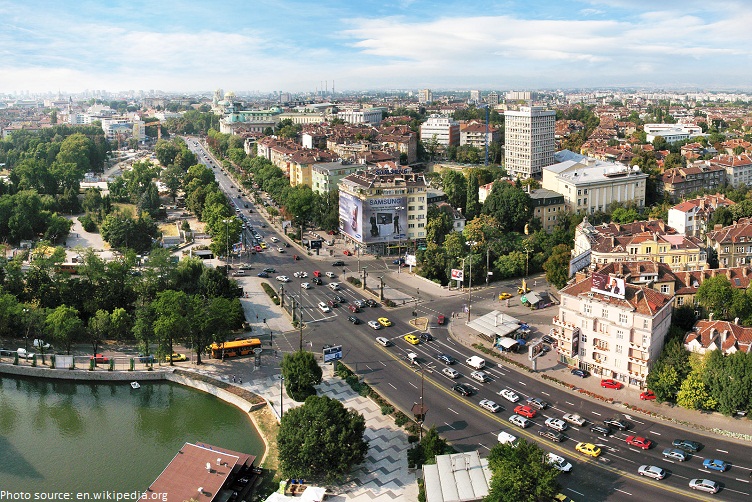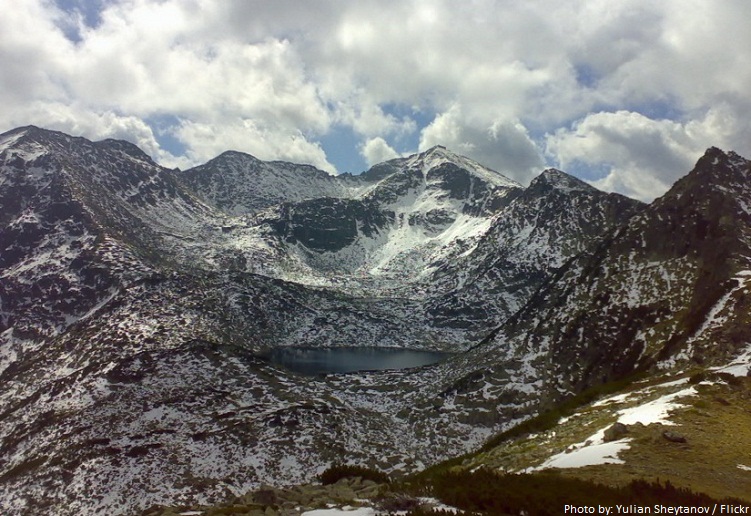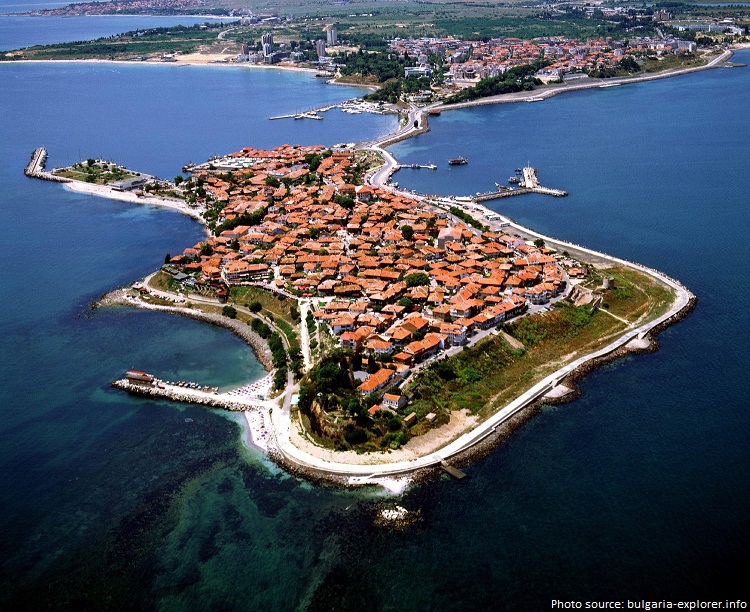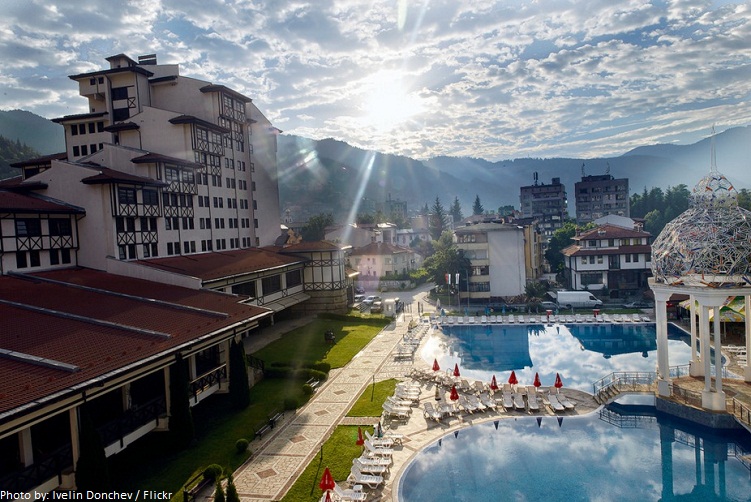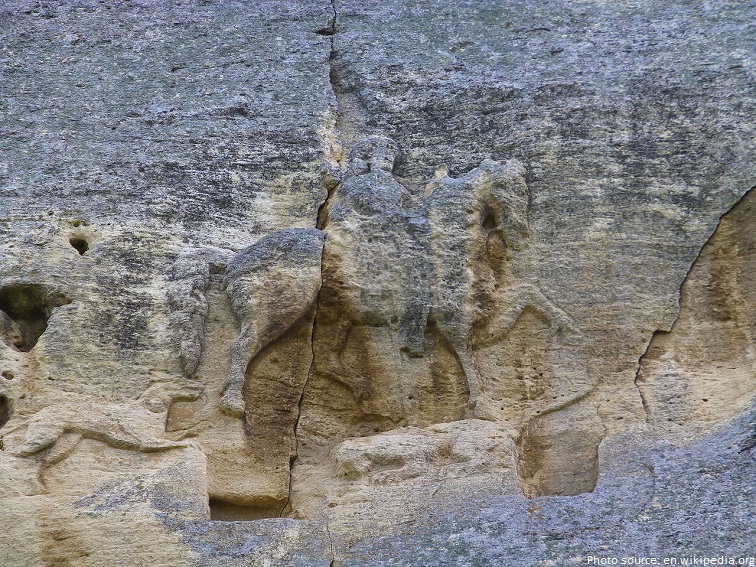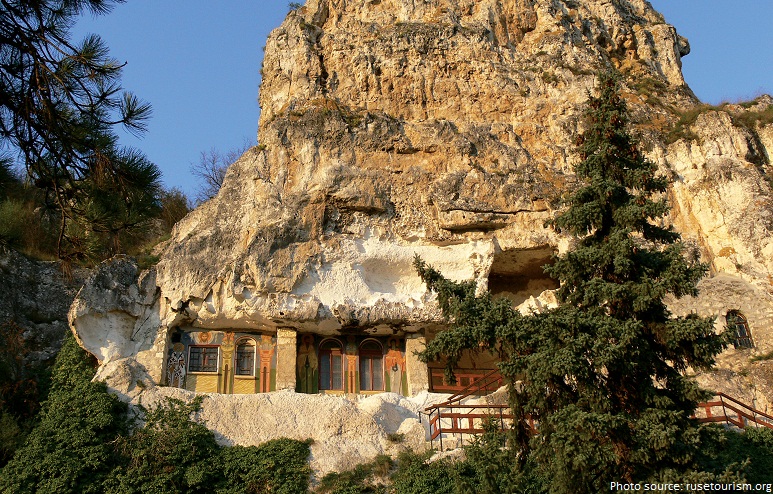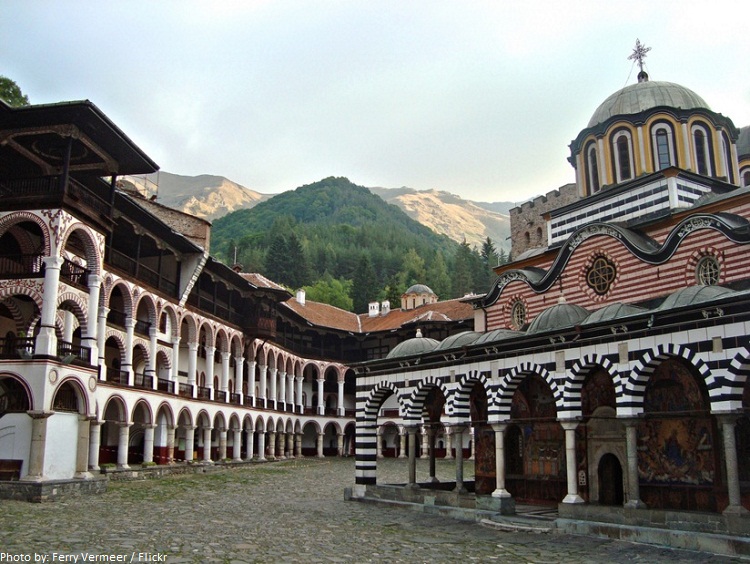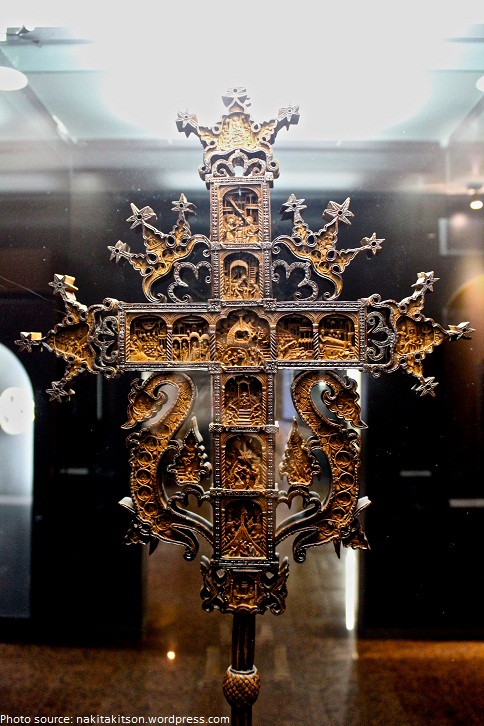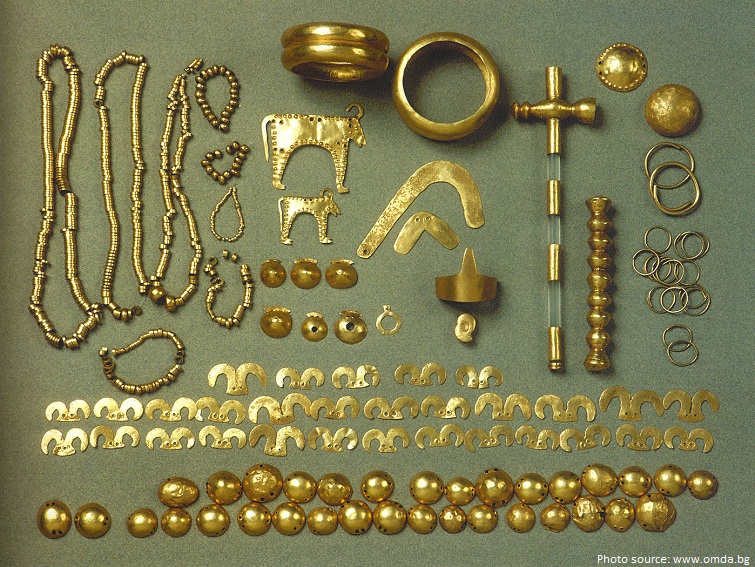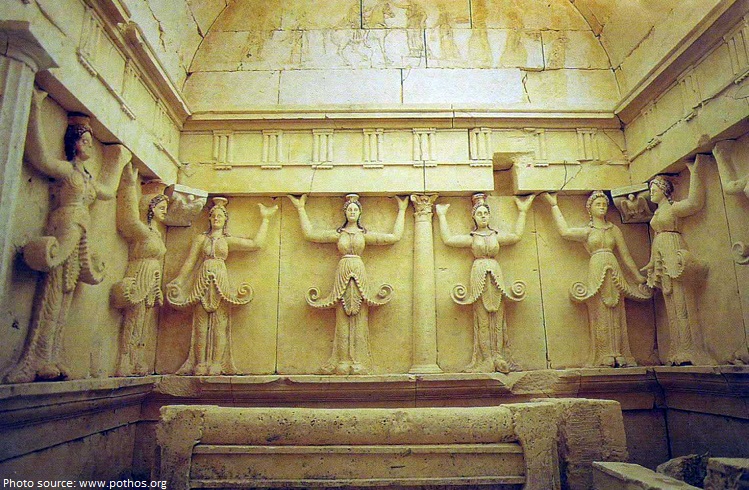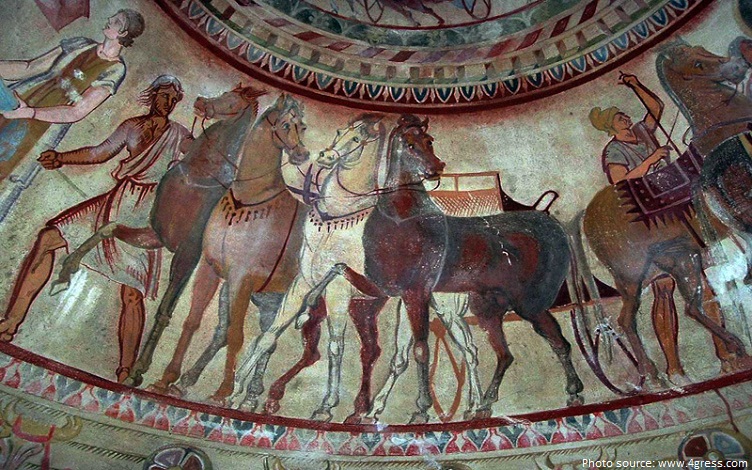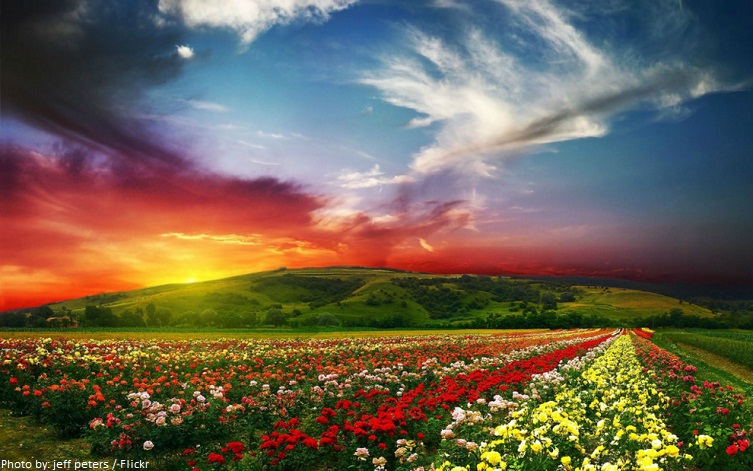Bulgaria is a Balkan nation with diverse terrain encompassing Black Sea coastline, rivers, including the Danube, and a mountainous interior.
Bulgaria is officially known as the Republic of Bulgaria.
Official language is Bulgarian.
Bulgaria is a country situated in south-eastern Europe, bordering Romania to the north, Serbia and the Republic of Macedonia to the west, Greece and Turkey to the south, and the Black Sea to the east.
As of 1 January 2016, the population of Bulgaria was estimated to be 7,080,027 people.
Sofia is the capital and largest city of Bulgaria.Founded thousands of years ago, today the city continues to develop as the country’s cultural and economic center.
Bulgaria has 700 kilometers (435 miles) of mountains along the Balkan Mountain Range, a 380 kilometers (236 miles) coastline and more than 2000 caves.
Rila is a mountain range in southwestern Bulgaria and the highest mountain range of Bulgaria and the Balkans, with its highest peak being Musala at 2,925 meters (9596 feet).
The Bulgarian Black Sea Coast covers the entire eastern bound of Bulgaria stretching from the Romanian Black Sea resorts in the north to European Turkey in the south.
Nesebar or Nessebar is an ancient town and one of the major seaside resorts on the Bulgarian Black Sea Coast, located in Burgas Province. Often referred to as the “Pearl of the Black Sea”, Nesebar is a rich city-museum defined by more than three millennia of ever-changing history.
Bulgaria has 3 national parks, 11 nature parks and 54 nature reserves.
Bulgarian forests cover about 35% of its territory.
Deep in the forest you may be able to glimpse a deer, bear, wild boars, a wolf, a fox, a brock, a jackal, or even a lynx.
With over 700 natural mineral and hot water springs, Bulgaria is a spa paradise famous over Europe ever since Ancient Roman times.
Bulgaria is the oldest country in Europe that hasn’t changed its name since it was first established. This happened in 681 AD.
There are 9 UNESCO World Heritage Sites in Bulgaria.
The Madara Rider or Madara Horseman is an early medieval large rock relief carved on the Madara Plateau east of Shumen in northeastern Bulgaria.The monument is dated in the very late 7th, or more often very early 8th century, during the reign of Bulgar Khan Tervel
The Rock-hewn Churches of Ivanovo are a group of monolithic churches, chapels and monasteries hewn out of solid rock. The caves in the region had been inhabited by monks from the 1220s, when it was founded by the future Patriarch of Bulgaria Joachim, to the 17th century, where they hewed cells, churches and chapels out of solid rock.
The Monastery of Saint Ivan of Rila, better known as the Rila Monastery is the largest and most famous Eastern Orthodox monastery in Bulgaria.
The museum of the Rila Monastery is particularly famous for housing Rafail’s Cross, a wooden cross made from a whole piece of wood (81×43 cm (32×17 in)). It was whittled down by a monk named Rafail using fine burins and magnifying lenses to recreate 104 religious scenes and 650 miniature figures. Work on this piece of art lasted not less than 12 years before it was completed in 1802, when the monk lost his sight.
The Varna Necropolis is a burial site in the western industrial zone of Varna, Bulgaria, internationally considered one of the key archaeological sites in world prehistory. The oldest golden treasure in the world, dating from 4,600 BCE to 4,200 BCE, was discovered at the site.
The Thracian Tomb of Sveshtari, discovered in 1982 in a mound is 3rd century BC Getic tomb reflects the fundamental structural principles of Thracian cult buildings.
The Thracian Tomb of Kazanlak, discovered in 1944, this tomb dates from the Hellenistic period, around the end of the 4th century BC.
Over 15 000 Thracian tombs have been discovered on the territory of Bulgaria. The bulk of them are yet to be explored.
Grape growing and wine production have a long history in Bulgaria, dating back to the times of the Thracians.
The Rose Valley in Bulgaria is famous for its rose-growing industry which have been cultivated there for centuries, and which produces 85% of the world’s rose oil.
The Ancient Bulgarian Calendar – 5505 years BC It is known that the ancient Bulgarians knew the basic laws of motion of the planets and the Earth around the Sun perfectly, and because of that they possess the most impeccable calendar ever created. The Bulgar calendar is recognized in 1976 by UNESCO as the most accurate calendar of all known to date.
The Bulgarian Orthodox Church is the oldest Slavic Orthodox Church.
The Bulgarian folk song Izlel e Delio Haydutin has been flying around open space together with Bach’s and Mozart’s greatest works since 1977 when the Voyager 1 and Voyager 2 probes left the Earth.
Lactobacillus Bulgaricus, the bacterium that is responsible for giving Bulgarian yoghurt its unique flavour and consistency, can be found only in Bulgarian air.
The famous Facebook creator Mark Zuckerberg has a Bulgarian origin and he is named after his Bulgarian grandfather – Marko. His grandfather has emigrated from Bulgaria in 1940.
Bulgarians shake their heads to mean yes and nod for no.
